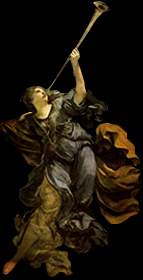 |
 |
 |
 |
 |
|
The Norwegian saxophon player, Jan Garbarek had an early breakthrough into the elite of modern jazz in the 60's, due to his extensive cooperation with Keith Jarrett. His name is listed next to the big names from the U.S. and is associated with the birth of an original european sound in jazz.
His tone is clear, indipendent, ascetic and pure. "The north and nature, song and mystery" are what Garbarek calls his origins and these are his unrefutable heritage. If it wasn't for his strong inner connection with Norwegian folklore, he wouldn't be able to integrate Brasilian and Asiatic influences as convincingly as he does. That the origin of all music lies in song, is to be felt in many of his compositions, and his greatest attention lies on melody and on the clear articulation of melodious-lines, that he plays with unmistakable impressive urgency. "In my best moments I hope to give meaning to every note".
Suddenly, out of an oscillating melody, Garbarek's horn emerges, keeping its sovereignty into the highest pitches, and without giving way to uncontrollable recklessness. His unisono playing with Eberhard Weber's singing bass gives his songs a hymnal luster. The breadth of peacefulness and maturity in his music eliminates all question of stylish fashionability.
Jan Garbarek's Chambermusic-Jazz might well be the most beautiful sound next to silence, and he, as sculptor of these sounds, is intrinsingly connected with the illustrative and folkloristic qualities and influences. He is an original stylist always searching for new realms for his intense and extremely visual music.
|
|
|
|

